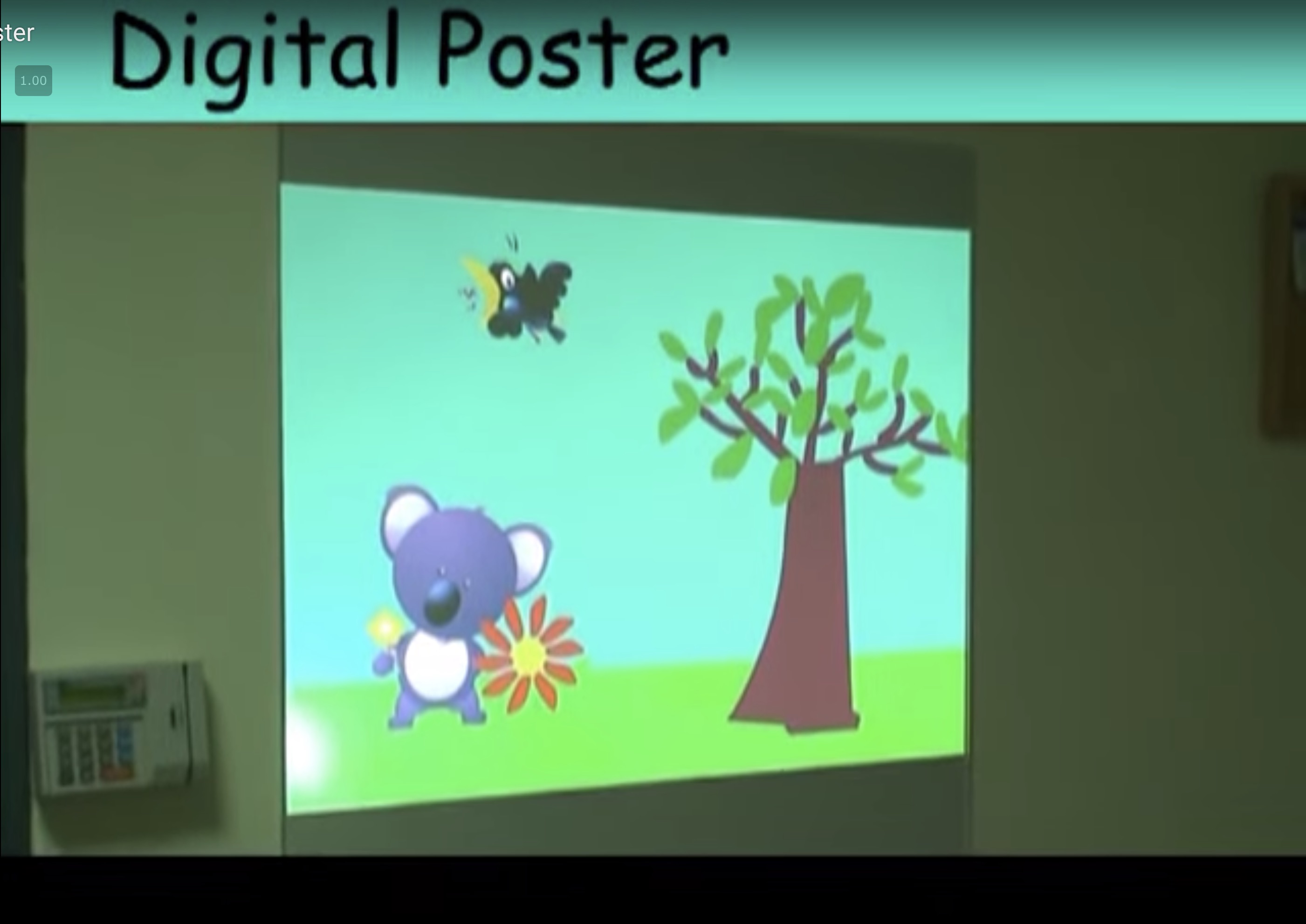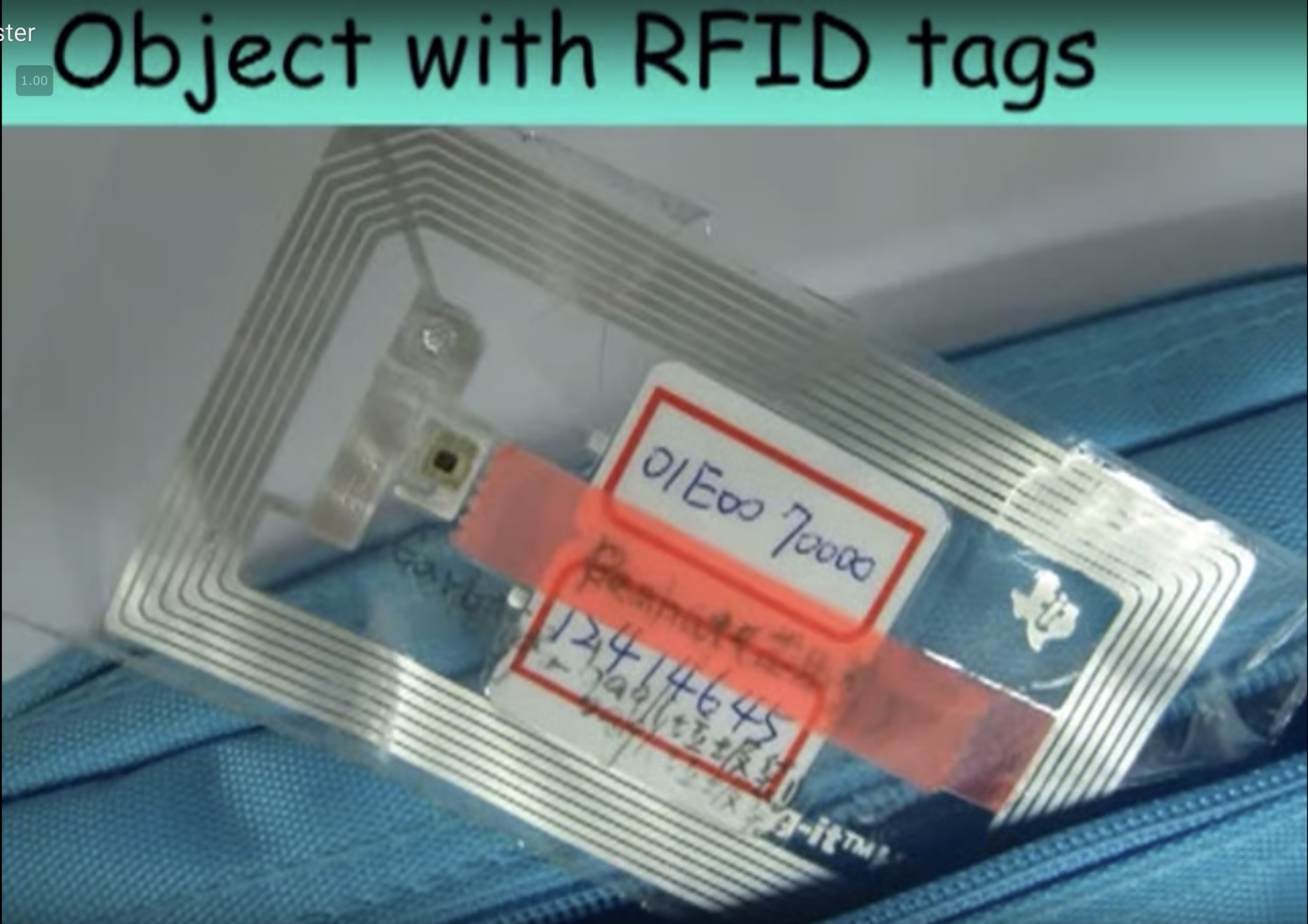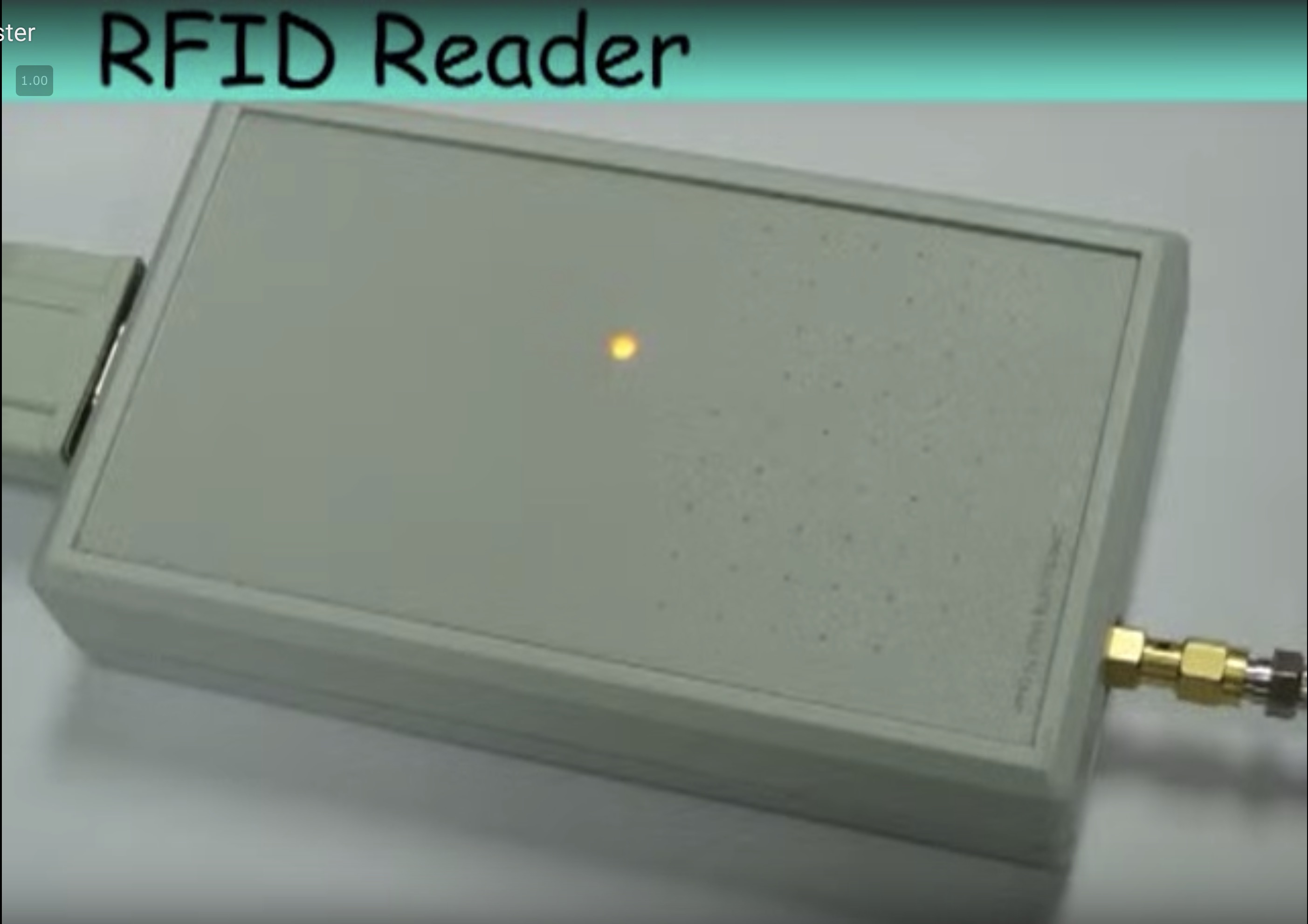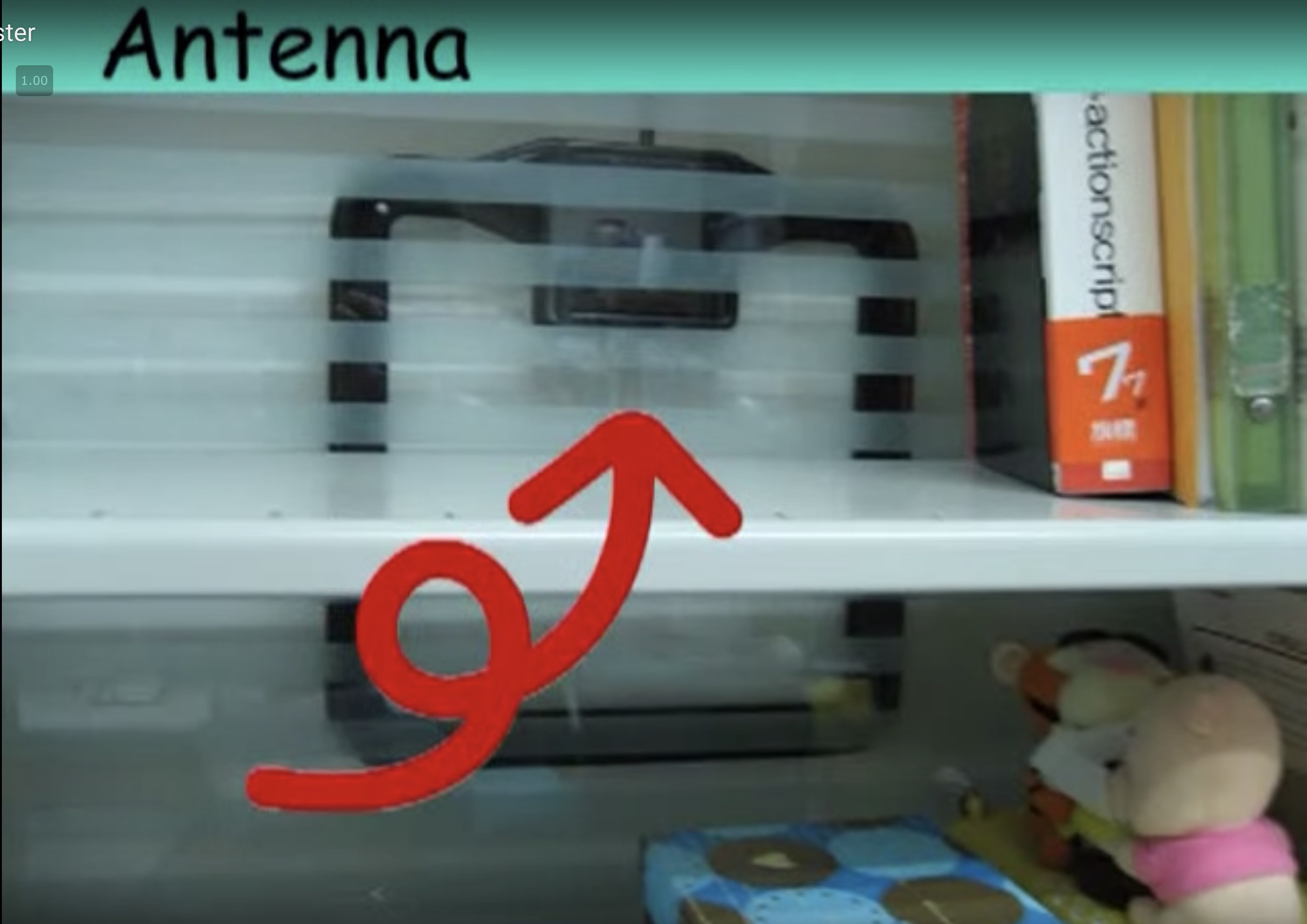A Persuasive Poster to Encourage Children to Organize their Rooms
Background: This was a course project for Ubiquitous Computing. I developed and implemented the idea to use RFID to detect the presence of objects so that I could design a virtual world poster that parents can use to persuade young children to keep things organized.
This was the first time I created an application using sensors other than those used in consumer devices (e.g., accelerometers or GPS). Working with the RFID sensors and the antennas directly allowed me to understand the constraints and devised a solution for my project.
My role(s): Designer, Developer
Motivation: Facilitating the development of a good habit is difficult. Parents might need to spend a lot of time to educate their children to develop a habit such as keep things organized.
Problem Solving: I created Smart Poster, a digital poster that persuades young children to organize their stuff. The poster shows a virtual world, which can be affected by the tidiness behavior of a child in the physical world. The system uses RFID sensors to detect whether children' belongings, with RFID tags, are organized in the appropriate places. If everything is in place, the poster shows a sunny day and playful animals. Otherwise, the weather turns bad, and the animals get sick.
Brainstorm Design
Prototype
Iterative Design
Demonstration Video
Outcomes: The outcomes include a demonstration video and an interactive prototype that displays a virtual world where animals and plants' behaviors will gradually change depending on whether items (e.g., toys) with RFID tags have been placed in several sensor-augmented boxes.
Summary:
Date: 2007 Spring
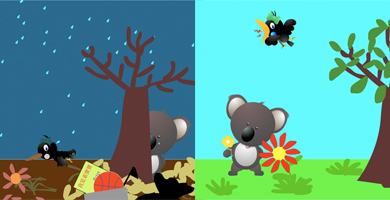
Outcome
A Working Prototype and a Concept Video Explaining the Design Goal
The digital poster can be displayed on a standard computer monitor or through a projector. The application uses an RFID sensor to detect objects with RFID tags.
Technology Employed
